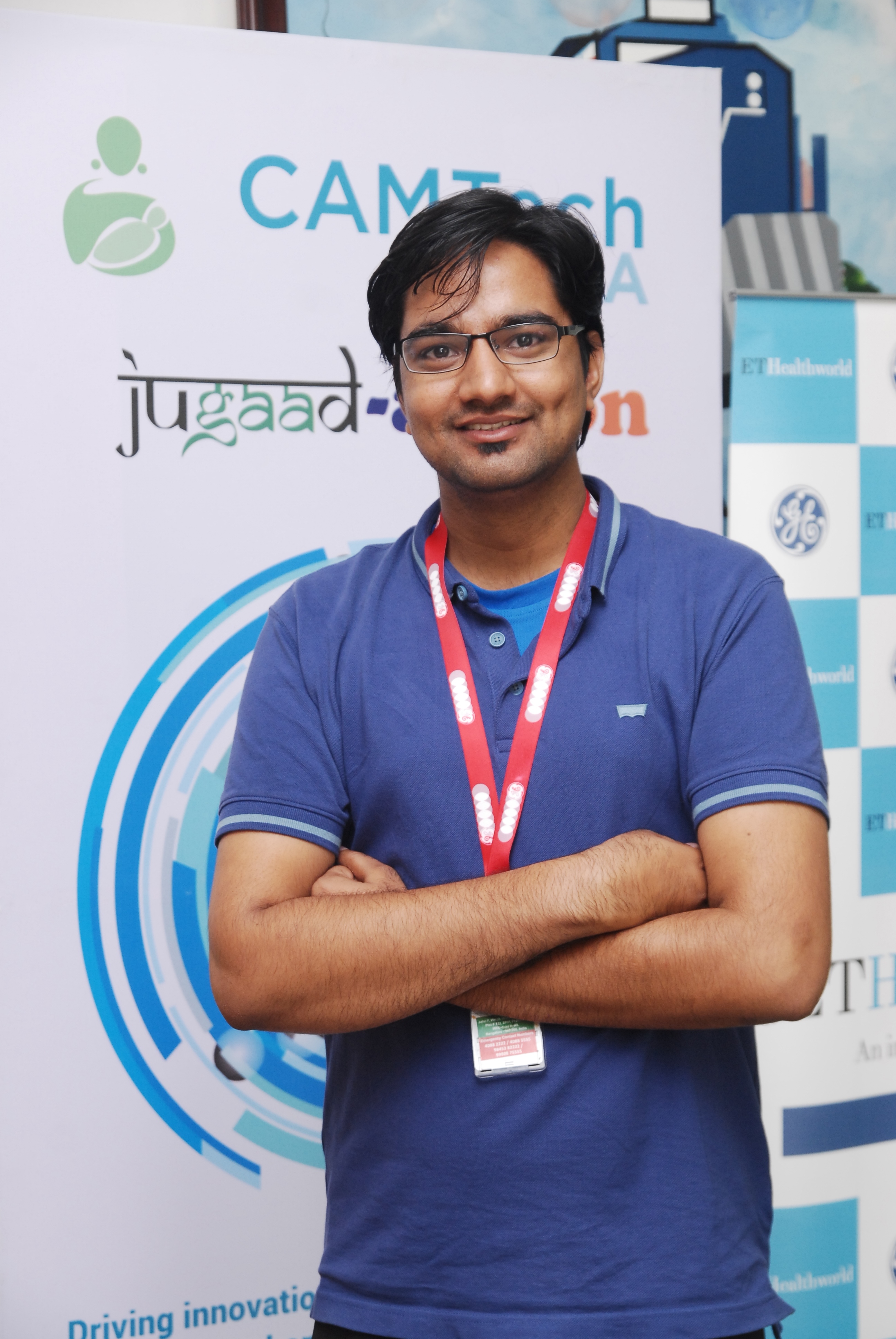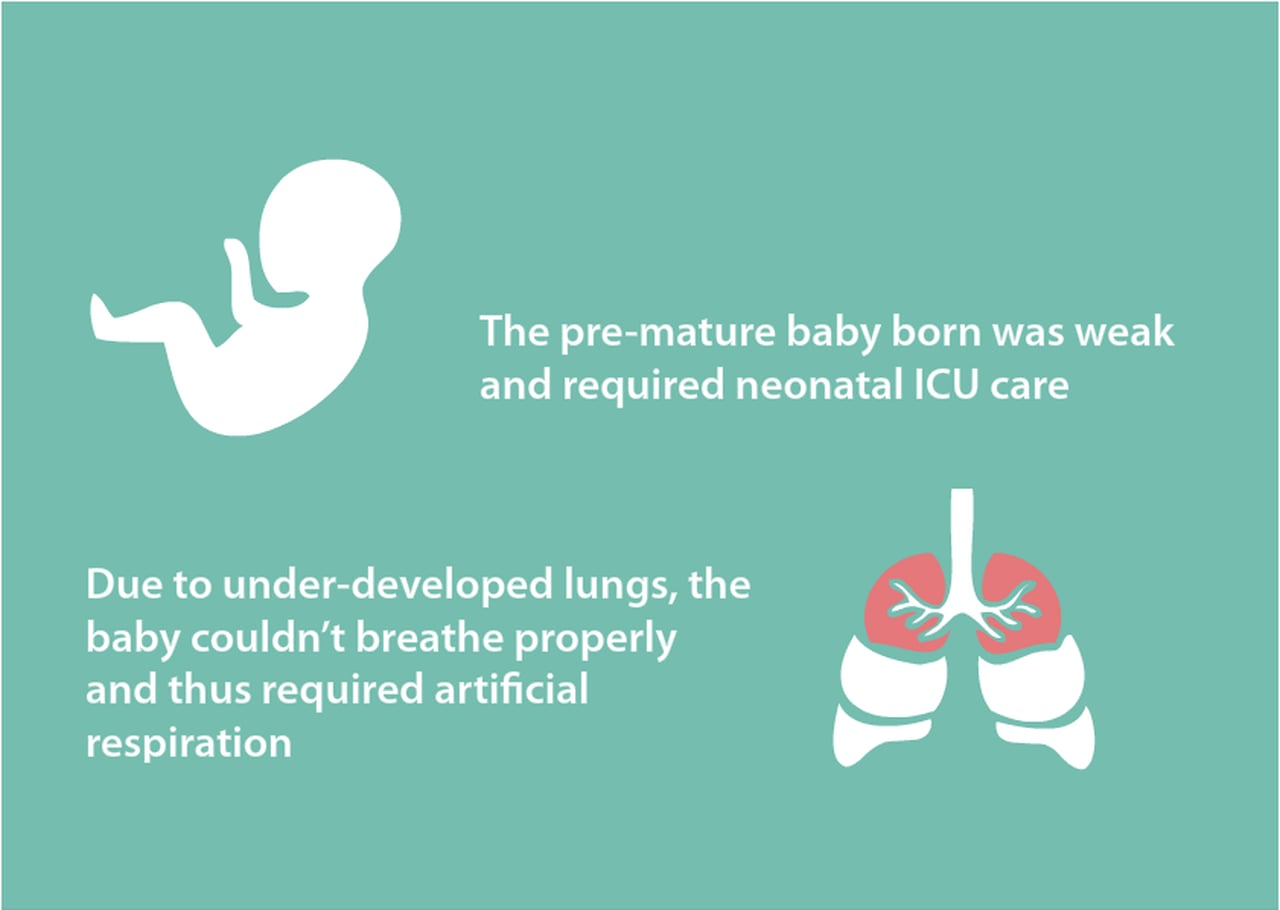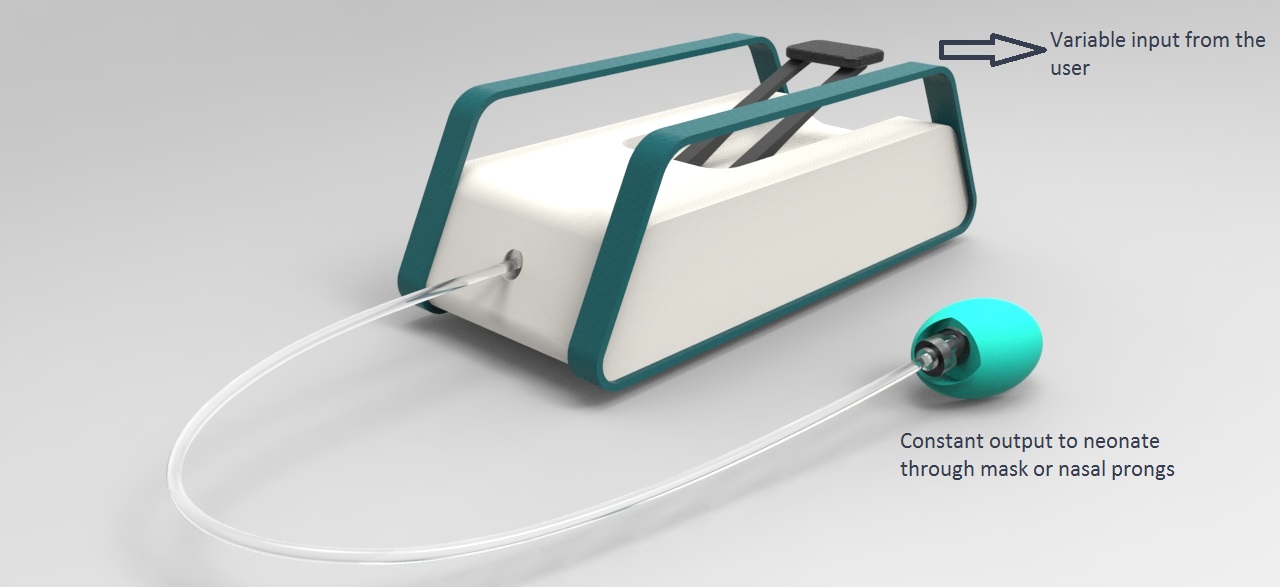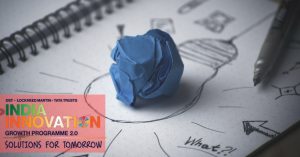A Low Cost, Portable Device that Can Help Millions of Premature Babies Breathe Easy in Rural India
Research indicates that almost 160,000 premature babies die every year in India, mostly in rural areas, from Respiratory Distress Syndrome. An enterprising duo has developed a low cost portable device to save these lives.

Research indicates that almost 160,000 premature babies die every year in India, mostly in rural areas, from Respiratory Distress Syndrome. An enterprising duo has developed a low cost portable device to save these lives.
Sushma was seven months pregnant when she delivered a premature baby. The baby born was weak and required neonatal ICU care because its lungs had not developed properly and it was facing problems breathing. An artificial respiratory system was needed but this was rural Karnataka after all…Sushma did not have access to such facilities.
The baby was taken immediately to a hospital in a nearby city but could not be saved. Its lungs collapsed because Sushma could not reach the hospital in time to get the necessary medical help.
Stories such as Sushma’s are not uncommon in India. Respiratory Distress Syndrome (RDS), a syndrome occurs almost exclusively in premature infants, because their lungs are not developed enough to produce the surfactant that keeps lungs open and enables easy breathing.
According to a UN report, 3.5 million premature babies are born in India every year. Approximately 407,000 of them suffer from RDS and 160,000 die due to lack of proper medical attention.
The facilities available to help them are not portable and are even costly. Often, people in rural areas fail to access them on time and this takes crucial young lives. Is there a solution?
Introducing Saans, a device that could prove to be life saving
Designed by Nitesh K Jangir, an embedded systems engineer, and Nachiket Daval, a product designer, Saans is aimed at solving the major issue of transportation of babies in need of external support for breathing from rural areas to hospitals.
The device was designed at a medical jugaad-a-thon organized by CAMTech India, along with Glocal Healthcare and GE Healthcare, in July 2014. Nitesh and Nachiket were inspired to develop Saans while discussing the problems faced by premature babies with a doctor from Uganda at the event.
“Babies suffering from RDS require continuous external support to breathe. As we talked more about the issue we thought about the situation in India and how lakhs of people in rural areas struggle due to the lack of such facilities,” says Nitesh.

The main issue that the duo struggled with was developing a portable version of the Continuous Positive Airway Pressure (CPAP) device. Also, these devices which are already available in the market were costly.
“So our basic idea was to design something which is not just cost effective but also portable and easy to transport,” says Nachiket.
Saans is a mechanical CPAP machine, which is manually operated and works without any power support. It functions like a regular air pump (which is used to fill air in bicycle tyres). A person can constantly press the pump and the device will convert variable air pressure into constant air output which can be used by the baby.
This video explains why there was a need for Saans:
The USP of Saans is its low cost. While current CPAP machines available in the market cost between Rs. 50,000-60,000, Saans costs just around Rs.10,000-12,000.
“We saved on the cost as we have not used any electronic functions. There is no fancy screen or electric requirement. It is a very basic and simple device designed mainly keeping rural areas in focus. We are not comparing the device with current technology. We just wanted to make a device which was easy to transport in case of emergencies,” says Nitesh.
The current design of Saans is in its experimentation phase.

The team did extensive research on the issue of RDS and how it affects millions of babies in India. They contacted public health clinics and NGO workers who knew the on-the-ground reality of Respiratory Distress Syndrome. These local health centres were given the device to test.
“We did a lot of ground research. Got the validation from the doctors and made sure that the device works properly. As we are dealing with very sick and weak babies we can’t take chances,” says Nachiket.
The team’s idea was supported by experts from CAMtech and GE healthcare who constantly guided the duo during the hackathon, which they eventually won.
“The GE team sat with us for the entire 48 hours when we changed the design of the prototype 15 times. They gave us very crucial design inputs, told us what we were doing wrong or what we were doing right. Their valuable inputs were of great help,” says Nitesh.
The device will take about six to eight months to come out in the market. Bringing the project to fruition has not been easy for this duo.
“In India we don’t have many mechanical spaces where we can get customised materials. It was difficult for us to make the prototype as we could not find a workshop where we could get modified materials as per our requirement.”
– Nitesh
However, in spite of these challenges, the duo did not give up on the idea and was determined to bring it to the masses. Their persistence has paid off since the product has got funding from BIRAC SPARSH scheme by Department of Biotechnology, Government of India.
Nitesh and Nachiket are now working on their start up, Coeo Labs, incubated by InnAccel, where they are focusing on developing innovative medical devices related to emergency, trauma and critical care.
To know more about their Saans project, mail them at – nitesh@coeo.in
Click here to know about the Jugaad-a-thon and how you could be a part of it.
Featured Image source: unicef.org.au
Like this story? Or have something to share? Write to us: [email protected], or connect with us on Facebook and Twitter (@thebetterindia).
This story made me
- 97
- 121
- 89
- 167
Tell Us More
We bring stories straight from the heart of India, to inspire millions and create a wave of impact. Our positive movement is growing bigger everyday, and we would love for you to join it.
Please contribute whatever you can, every little penny helps our team in bringing you more stories that support dreams and spread hope.





















